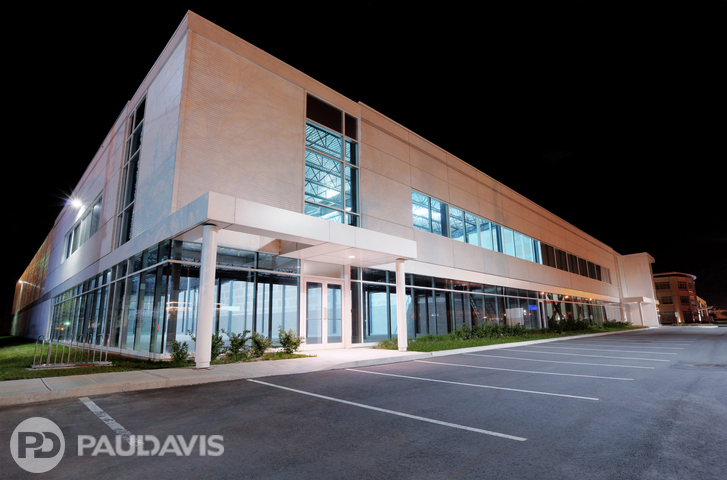
When commercial properties become vacant or “dark”, in real estate parlance, a perfect storm of problems descends. No tenants or customers mean little traffic. No rental income means unlit premises and overgrown landscaping. That neglect begets vandalism, theft, squatters and vermin. Vacant buildings are particularly vulnerable to arson, too, with tens of thousands occurring annually in deserted structures.
These factors devastate businesses, real estate values and communities. They drive up costs for local governments, repel new tenants and pose dangers to neighbours. In fact, it’s well-known that a single dark property can launch adjacent properties into dereliction. For these reasons, property owners must promptly take action across four major areas as soon as a property becomes vacant:
Protect investment by allocating budgets wisely: Property value begins to decline as soon as the tenant leaves. Slow this decline by investing in security and upkeep immediately, beginning as soon as possible after vacancy. Prompt action repels scavengers who visit – sometimes within hours – to remove copper piping and other valuable materials. Graffiti and broken windows can also occur rapidly. If possible, maintain indoor and outdoor lighting, burglar alarms, sprinkler systems and landscaping. If the budget permits, hire a security firm. Your aim is to make the property look occupied and well-maintained.
Notify partners: Notify local governments, surrounding properties and local police that the property will be vacant. If the area has a neighbourhood watch, notify this group as well. Talk to the property’s insurance carriers to review coverage for unoccupied properties. Policies may specify actions or conditions that are required to maintain coverage. Maintain contact with these partners throughout the vacancy.
Visit property regularly: Visit the premises regularly, varying the hours you drop by. Perform routine maintenance during the visit such as weeding and clearing any debris that has accumulated like leaves or trash. Move items inside the building that are visible to passersby and vary locations of exterior items like trash cans. Perform a walk-through and test systems that remain operational: flush toilets, ensure lighting functions.
Choose a property services company: Mitigation and restoration companies like Paul Davis have created new services specifically designed for vacant properties. These partners – who visit often to review needs, thereby increasing traffic at the property - fix problems quickly if they do occur. Repairing a broken window, for example, is an emergency, as is removing graffiti. While it may seem that these problems are minor compared to the vacancy and securing new tenants, property degradation multiplies quickly once vandals realize damage is not immediately addressed.
“Because neglected and vacant properties are detrimental to communities, it behooves business owners to carefully plan how they will manage dark properties,” summarizes Brad Cowan, Senior Vice President of Business Development for Paul Davis. “We have considerable expertise in this area and we’re ready to help within hours of your call.”
